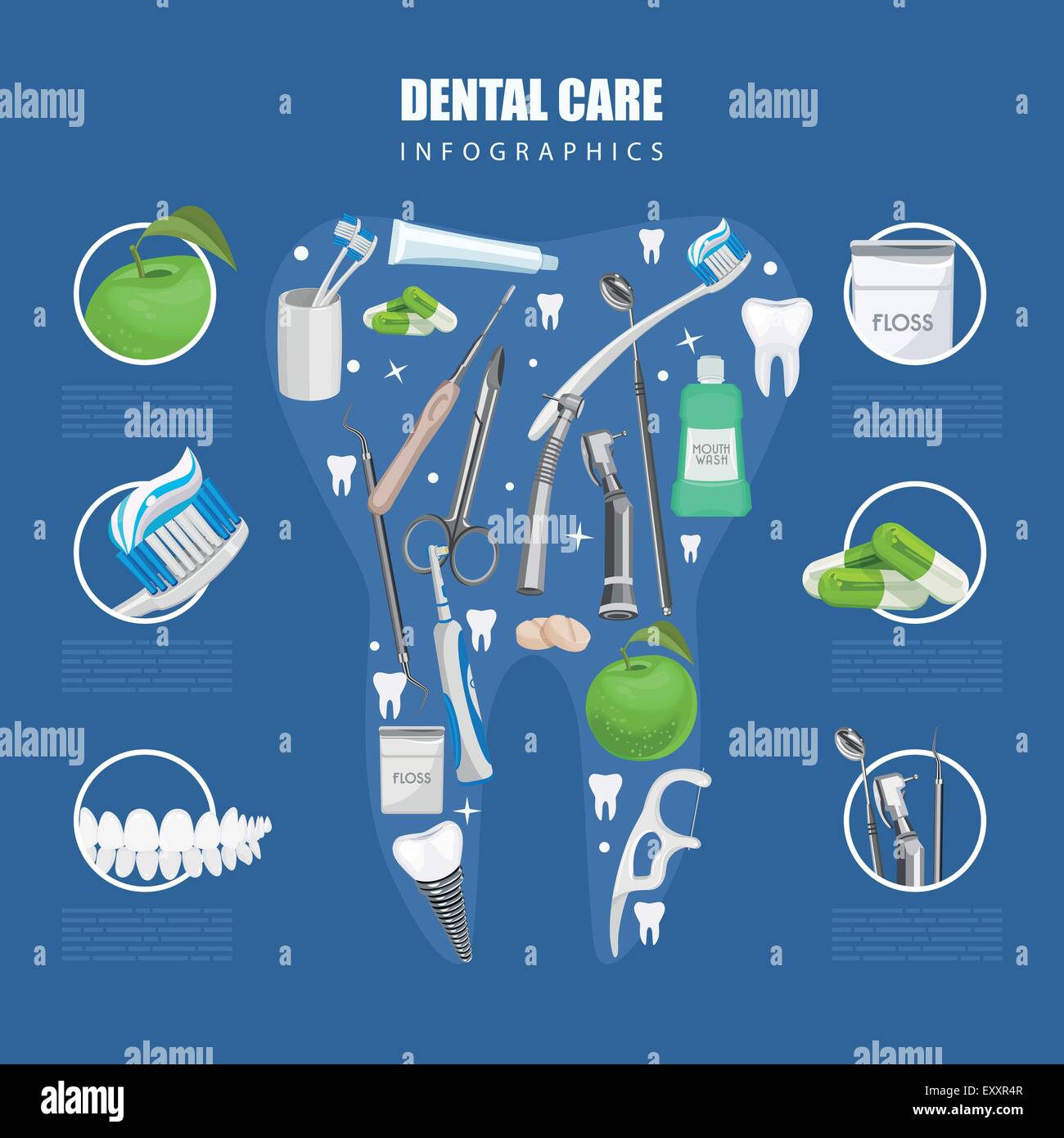The Next Era Of Dental Surgery: Innovation Innovations And Developments Reshaping The Specialty
The Next Era Of Dental Surgery: Innovation Innovations And Developments Reshaping The Specialty
Blog Article
Material Produce By-Jama Hessellund
Welcome to the globe of oral surgery, where developments and breakthroughs are forming the future of the field! In this exciting world, you'll witness the transformative power of robotics, the advanced marvel of 3D printing, and the game-changing influence of minimally invasive methods.
The future of oral surgery holds a pledge of precision, efficiency, and improved client outcomes. With the help of advanced robotics, cosmetic surgeons are able to perform intricate treatments with better precision and control.
3D printing modern technology is changing the development of dental implants and prosthetics, using personalized solutions that fit perfectly right into each individual's one-of-a-kind makeup.
Additionally, minimally invasive techniques are reducing post-operative discomfort and healing time, permitting individuals to return to their every day lives sooner.
Prepare to check out the exciting developments and advancements that are reshaping the landscape of dental surgery!
Improvements in Robotics
One major improvement in dental surgery is making use of robot modern technology, which allows for accurate and effective procedures. With the help of robotic systems, dental surgeons have the ability to carry out complicated surgical treatments with boosted accuracy, reducing the danger of human error.
These robot systems are outfitted with advanced imaging modern technology and precise instruments that enable specialists to navigate through elaborate physiological structures easily. By utilizing robot innovation, doctors can achieve greater medical precision, causing boosted client end results and faster healing times.
Additionally, making use of robotics in dental surgery enables minimally intrusive treatments, decreasing the injury to bordering cells and promoting faster healing.
3D Printing in Oral Surgery
To enhance the field of dental surgery, you can check out the subtopic of 3D printing in oral surgery. This cutting-edge innovation has the potential to reinvent the way oral surgeons operate and deal with individuals. Below are 4 vital ways in which 3D printing is forming the area:
- ** Customized Surgical Guides **: 3D printing allows for the production of very accurate and patient-specific medical overviews, improving the accuracy and efficiency of treatments.
- ** Implant Prosthetics **: With 3D printing, dental cosmetic surgeons can create customized dental implant prosthetics that perfectly fit a client's distinct anatomy, causing far better results and client satisfaction.
- ** Bone Grafting **: 3D printing allows the production of patient-specific bone grafts, reducing the demand for standard grafting strategies and enhancing healing and recuperation time.
- ** Education and learning and Educating **: 3D printing can be used to develop sensible surgical designs for instructional purposes, enabling oral doctors to practice complicated procedures prior to doing them on people.
With its prospective to boost precision, personalization, and training, 3D printing is an amazing advancement in the field of dental surgery.
Minimally Invasive Techniques
To additionally advance the area of dental surgery, accept the capacity of minimally intrusive strategies that can greatly profit both surgeons and patients alike.
Minimally intrusive strategies are reinventing the area by reducing medical injury, lessening post-operative discomfort, and speeding up the recovery procedure. see this page involve using smaller sized cuts and specialized instruments to perform treatments with accuracy and efficiency.
By using innovative imaging technology, such as cone light beam computed tomography (CBCT), specialists can precisely plan and carry out surgical treatments with very little invasiveness.
In addition, the use of lasers in oral surgery enables exact cells cutting and coagulation, leading to minimized blood loss and lowered recovery time.
With minimally invasive strategies, clients can experience faster recuperation, minimized scarring, and boosted results, making it a necessary aspect of the future of dental surgery.
Final thought
So, as you can see, the future of oral surgery is extremely encouraging, with interesting developments and advancements forming the field.
From the developments in robotics to making use of 3D printing and minimally intrusive techniques, dental specialists are changing the way they offer care.
While https://charlotte-oral-surgeons72726.bloggip.com/33065862/learn-important-insights-about-dental-implants-for-seniors-and-uncover-vital-factors-to-consider-that-can-affect-your-smile-repair-journey-what-will-you-discover might bother with the possible expense connected with these innovations, it is essential to bear in mind that these technologies inevitably enhance client outcomes and lower healing time, making them well worth the investment in the long run.
